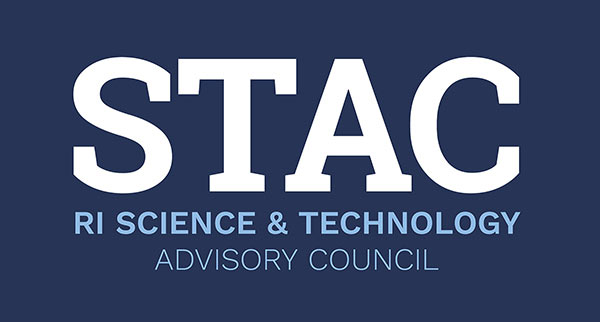URI Lecture Series, Part Four
Metcalf Institute for Marine & Environmental Reporting
Day four of the 15th Annual Guest Lecture series hosted by the Metcalf Institute at the University of Rhode Island Bay Campus in Narragansett featured New York Times essayist and author Paul Greenberg. As a former student of Brown University, Greenberg voiced his fondness of this area to the audience saying, “Rhode Island is the best kept secret in the world!”
Most of the lecture revolved around the ideas explored in his book Four Fish: The Future of the Last Wild Food. In the book, he writes about the great importance around the world of four species critical to the food supply; salmon, cod, sea bass, and tuna. He spoke of the importance of these wild caught fish and the exploding aquaculture industry in relation to these animals. The reality is ~90,000,000 metric tons of wild caught fish are harvested from waters worldwide. This production has plateaued, in part because fish stocks have shifted as certain areas are overfished and also because of the prevalence of farmed fish which he denotes as the inevitable fate of the fish on our plate. With an exponentially rising population, fish will become even more important than they are now as a foodsource for the global populace. Japan is a prime example, making up for a lack of farmland with the highly diverse bounty their sea provides.

Greenberg contrasted restaurant menus from a century ago with those of today. The biggest difference was the variety of fish displayed , representing a great variety of exclusively wild caught fish offered for breakfast lunch and dinner a hundred years ago compared to the four different varieties most commonly recognized across the US today. This is due in large part because of domestication. Mammals have a similar fate, where thousands of years ago everything that could be hunted and cooked over a fire was fair “game”. Now humans eat mostly what has been successfully domesticated such as cattle, chickens, and pigs.
Going from fish to fish in his explanation, Greenberg began with the Atlantic Salmon. Once highly prevalent off the east coast of the United States with notable breeding runs in Rhode Island and Connecticut rivers, the stock of Atlantic Salmon was hurt by the building of dams in these states. They couldn’t reach their breeding grounds and would become stuck at the base of dams where people would net hundreds. These salmon also alternated between American and European rivers and when the Europeans discovered their collective feeding grounds off the coast of Greenland it was the finishing blow for the fish. After this, they fished the salmon until they were all but decimated. Now, he noted, we are lucky to see a few dozen return for breeding as efforts have been made to restore their routes with fish ladders. The stocks are rebuilding slowly but rebuilding nonetheless.
The domestication of salmon has skyrocketed in the new century. Forced natural selection to single out faster growing and larger salmon has doubled their size in just ten years. In addition, a company called AquAdvantage is developing a genetically modified Atlantic Salmon by splicing it with the genes of a Chinook Salmon and Atlantic Pout. These will grow twice as fast and large as even the currently farm grown salmon. If introduced to the wild, the effects could be incredibly harmful to indigenous wildlife. A more pressing matter to consider is that this will also be the first genetically modified domesticated animal humans have ever farmed which is quite telling for the century ahead as genetics becomes a prime industry.
Sea bass have experienced a notable decline recently. They are prized for their white colored meat which is popular in Japanese restaurants in the US and also their natural marinade as their flesh is constantly oiled from within over their lifespan. To replenish the commercially available supply of this fish, the Patagonian toothfish was rebranded as the Chilean sea bass and sold domestically.
Cod were incredibly important in the inception of early New England. The prevalence of the fish fed the small fledgling towns and salted cod satiated sailors at sea. With the introduction of factory ships in the 1960’s, Atlantic cod were almost completely decimated. Today, the stocks are slowly being replenished due to regulations and catch limits but they hardly ever reach their previous ranks.
To close his presentation, Paul Greenberg referred to his book for a short reading. He flipped somewhere near the end to a passage that featured himself and another man on a chartered fishing trip that set off from New York City. The goal was to catch a yellow fin tuna. This warm blooded fish is prized for its red meat and is popular in sushi and precooked canned varieties. The larger fish can be sold on the market for excess of $100,000 but it is rare to find them this large anymore. As he turned the pages, a fight unfolded between himself and the “tiger of the sea”. After a strenuous rod-and-reel battle and the use of two gaffes, the creature was hauled overboard where he admired the size, beautiful color, and power. It is at this time that he remarks whether this predator was meant to be food at all.
